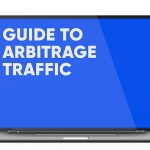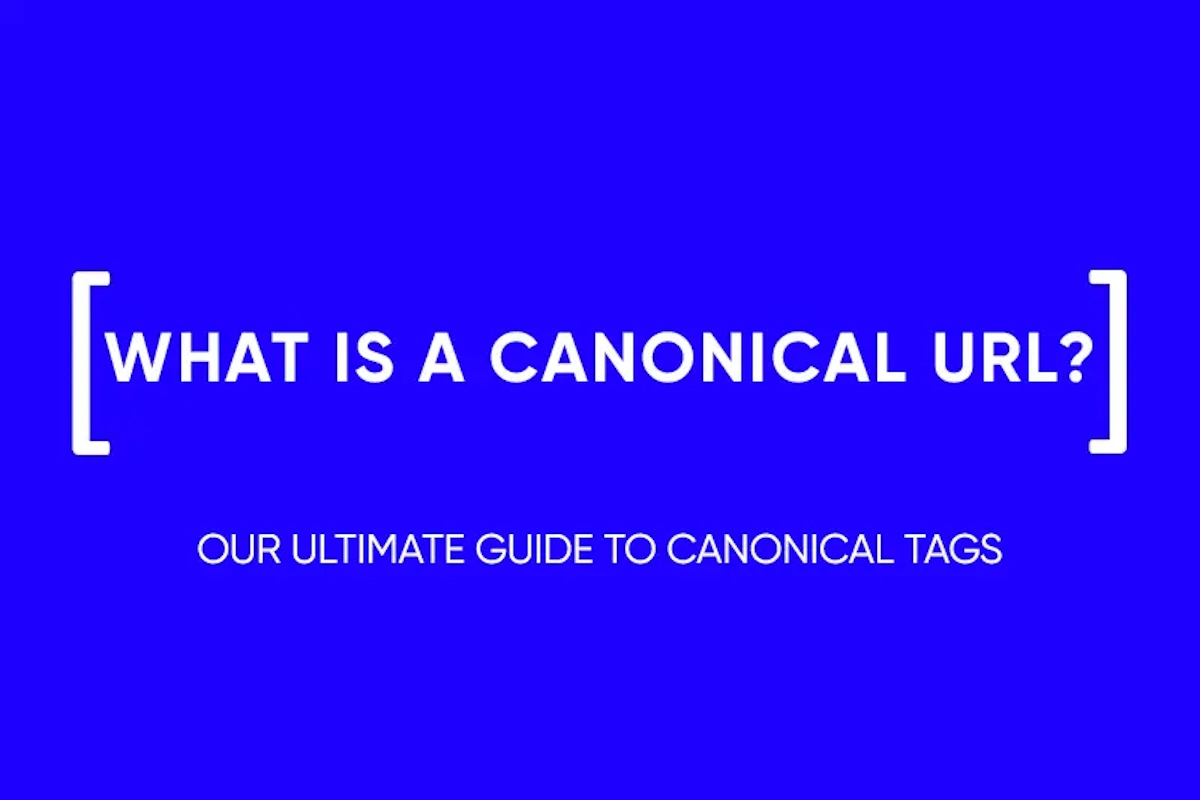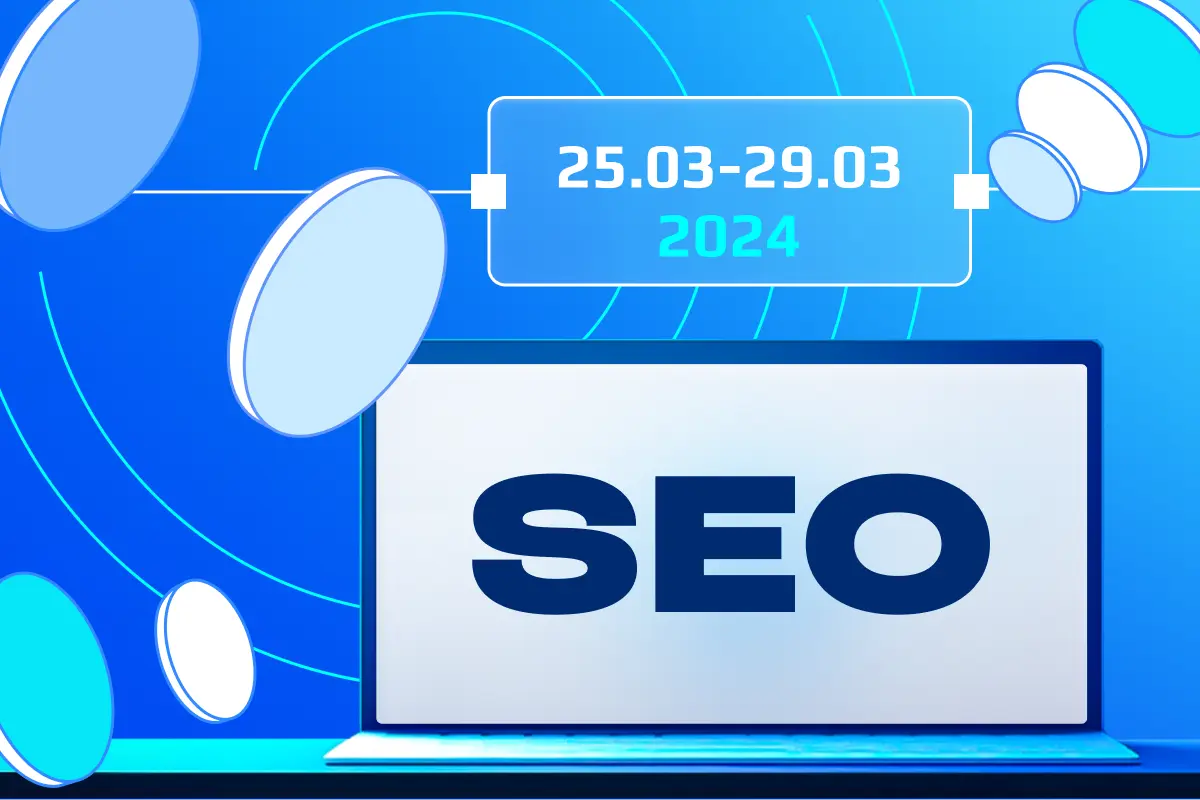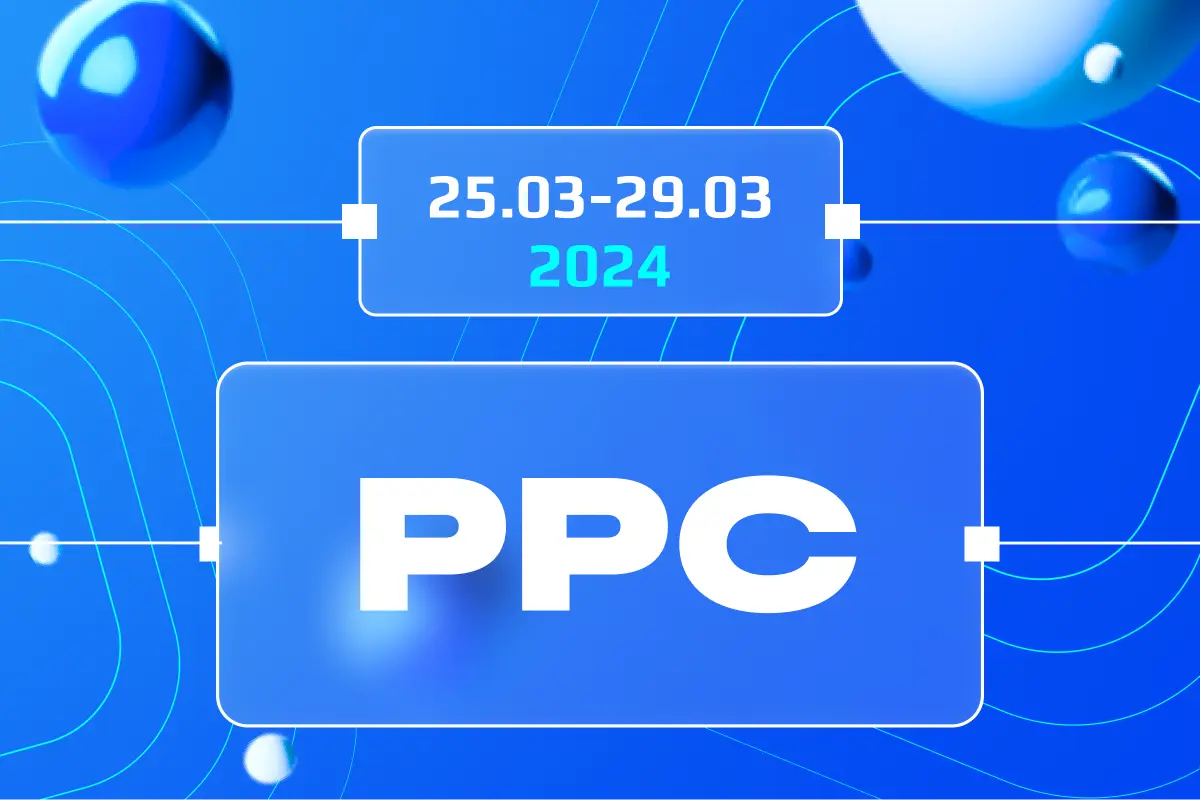How to Make the Most of Facebook Marketing
Facebook is not a new tool. Probably, every self-respecting company has been present in this social network for 10 years already. And you can get almost any traffic there, for all kinds of offers as FB is used by more than 2.2 billion people daily. We will tell you about how an affiliate or a market specialist can work with Facebook in our article.
What Facebook Marketing Looks Like
With regard to Facebook, marketing works with four different areas:
Facebook Ads
This is all possible advertising on Facebook. There are various banners, slideshows and videos. The work involves the optimal launch of the campaign, the search for suitable creatives and fine-tuning the target audience.
Business pages
It is believed that this is a kind of personal account for companies. Here you can directly ask questions to its representatives. Also, through such a page, you can engage in consultations and form a positive image of the brand. Without a business page, you can’t run a Facebook ad campaign.
Marketplace Facebook
The marketplace helps to sell products without their own website. In the US, a quarter of all business owners sell through Facebook. The task of marketing in this case is to create suitable product cards that would convince customers to buy.
Facebook groups
These are pages that look like business accounts. However, groups can be created not only by brand owners, for example, Facebook groups are created by fans of the Real Madrid football club from different cities.
Why should you work with Facebook
The first and main reason is the huge number of users. Definitely, Instagram and TikTok now have more engaged and growing audiences, but Facebook still has over 2 billion daily users. It is worth noting that the audience here is older, so it would be a bad idea to promote teenage things here. But the goods and financial offers are doing pretty well.
Facebook also has a handy settings system. For example, a social network has the most convenient algorithms for finding a similar audience. You can collect the target audience by focusing on community subscribers or from pixel data from the site. What’s more, Facebook has conversion optimization for ad campaigns. The ad will be shown to people who are more likely to take the targeted action.
Finally, Facebook as a tool suits almost everyone. The exceptions are gambling, sports betting and adult marketing. Directly such offers cannot be advertised. However, veiled creatives still work.
Facebook post formats
Text
These are the most common posts without links and pictures. It would seem that you will not attract someone with plain text, but tests show that they have the highest percentage of audience engagement of all formats. People still love to read. Text posts are best made short, engaging, and funny so you can ask the audience for advice, as an option.
Photo
Such a post is a photo or a series of images with a small caption. These posts also have a high degree of engagement. The photo is better to show something about your business, some new products, an office, or a useful infographic.

Video
Video posts are the best way to introduce users to your product. Here you can talk about it in more detail, show it in action and give useful tips.
Streams
Live videos are suitable for more popular brands. Users have already accumulated questions to the company that could be answered on streams. This format gives a sense of involvement, monitoring the growth of the company in real time.
Posts with links. Just they basically sell everything, taking them to their own website. You can’t spam such posts as there should be useful content in the feed as well.

Stories
The format, frankly copied from Instagram, is still popular. The principles are the same, short vertical videos with stickers and captions, last from 5 to 20 seconds and disappear after 24 hours.
Types of advertising formats on Facebook
Banners
The most common banners are those with a call to action. The text here is only 125 characters, and the title is 40 characters. Facebook distinguishes between banners for local stores, app installs, and many other purposes, but de facto they are all the same format with minor differences.

Video
In general, videos engage 6.09% more than banners, just because of the dynamics of the format. In the video, you can emphasize the features of the product or brand, form the opinion of the buyer. On the contrary, you need to get very confused with the quality of the video. It should be accurate and understandable, and ideally be displayed to users without problems with the Internet, then it will only annoy.

Carousel
A carousel is a slideshow of multiple images. In total, you can put from 2 to 10 pictures in the carousel. This format is good for promoting product groups, they can be opposed to each other. True, in this case, you can’t tell much about them. On the other hand, the carousel can be used for storytelling, on 10 slides you can turn around with it.

Collections
Collections are literally a look at your Facebook storefront. Restrictions in this format are about the same as with banners with 125 characters per image description.

How to Create a Facebook Marketing Strategy
Define the target audience
Before pouring budgets into advertising, you first need to determine what your ideal user looks like. Meta has its own insights tab, which can help with positioning, but it only provides data for an existing audience. If you have nothing at all, then it is worth answering a few questions:
- What is the age of your target audience? Here it is worth noting that the age range is chosen rather, for example, from 18 to 23 years.
- Where do your users live? This is important because offers usually vary from region to region, you will not show the same thing in the US and Spain.
- What do they do and what is their income? Expensive goods cannot be sold to poor students, it is simply pointless to show them such ads.
- What are their interests and problems? How will the product from the offer help solve them?
- How do they use Facebook? How much time do they spend scrolling through the news feed?
All this will help create an understanding of how to work with such an audience, how to contact them, what creatives to use, and so on.

Develop a content strategy
If everything is simplified as much as possible, then the content strategy is the answers to two questions, “what to post” and “when to post”.
What to post depends on your business and audience. If you have decided on the target audience, then there will be no big problems with topics and format. Industry and company news, product reviews, and product guides can all be used. Ideally, you should adhere to the “rule of thirds” meaning a third of your posts should consist of storytelling and any creative ideas, another third allows you to communicate with subscribers, and the last involves posting promotional materials. They can be posted even less as users do not like a feed consisting entirely of ads.
Regarding the time of posting, it is also worth relying on the habits of your audience. To get started, it’s worth making a few assumptions, for example, “my subscribers read the feed on the way to work, from 8 to 10 am on weekdays.” These assumptions will need to be tested empirically – to place posts and see their statistics. If the coverage is low, you need to look for another time.
In general, in relation to the content strategy, one global advice can be given – experiment. Do experiment with topics, formats, posting times. The statistics will show which is better.

Optimize your business page
A business page should inspire trust among users. She should not be naked, so fill in the following information:
- Profile and cover photo. Alternatively, you can use your logo;
- A button with a call to action – usually it leads to your site;
- Contact details: website address, email, phone. If you are running a page for a real store or cafe, then a physical address.
- The About section and the exact business category, this will help users find the page on Facebook.
If you have products on the Facebook Marketplace, then displaying the products on the page also does not hurt.

Think about ad campaigns
Sooner or later, you will launch a Facebook ad campaign to gain followers, increase sales, or for other purposes. Defining those goals will be required by Facebook itself when you plan to run ads. The goal may not be only sales, although most companies choose it.
For example, Facebook suggests bringing visitors to the physical location of your business as a goal. This is true for local shops and cafes. Accordingly, ads will be shown only in a certain, rather narrow region.
Another goal is to improve the user experience. Again, this is necessary for catering establishments and shops, where a person can complain about poor service.
Brand positioning is also used – ads are launched so that users learn more about the company.

In general, it is recommended to launch an advertising campaign not on an empty, freshly created page. On it you should have a certain number of posts and subscribers, regular likes and correctly filled in information about the company.
Our Conclusions
- Facebook is still one of the most popular networks with over 2 billion daily users.
- It is convenient to work with the Facebook advertising account – there are precise audience settings and even recommendations.
- The main thing when working with Facebook is to correctly determine the target audience. This alone will help determine the content and advertising for the page.
and stay up-to-date with the latest news about our platform and affiliate marketing.




